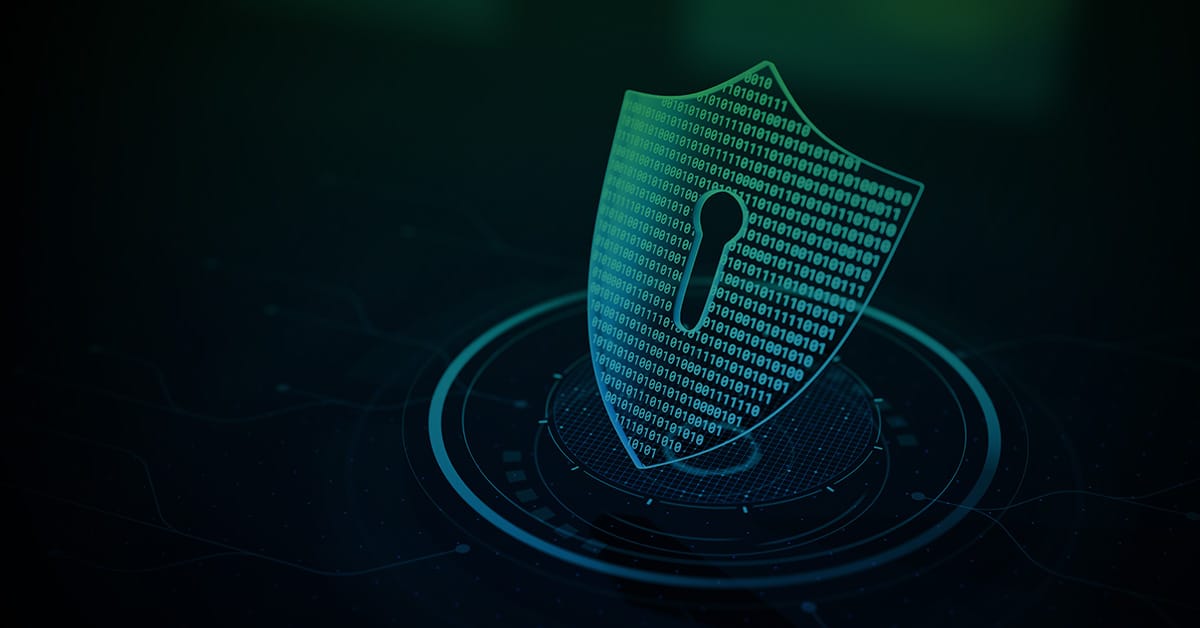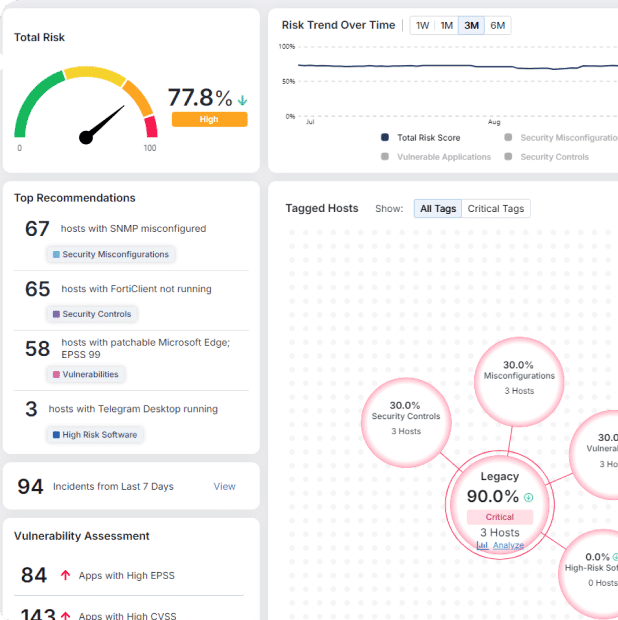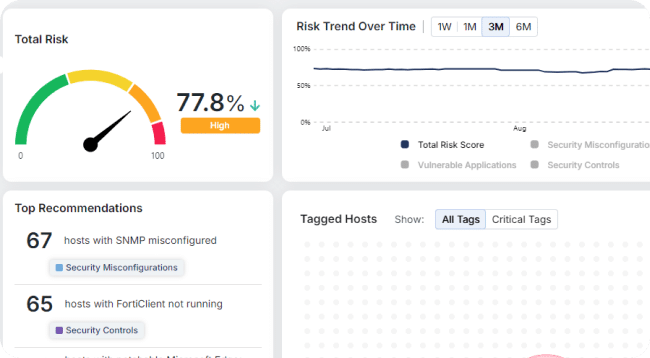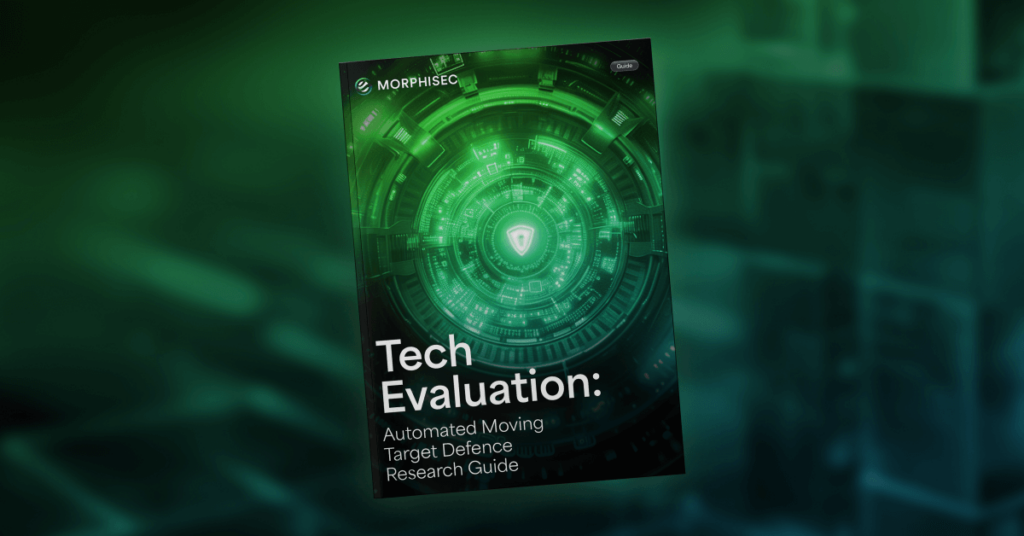Stop Ransomware and Zero-Day Attacks with Breach Prevention

A successful security breach brings with it a host of legal and financial ramifications, including cleanup costs paid to remediation vendors and possible penalties from the exfiltration of sensitive data. The rise of data protection regulations worldwide, from the California Consumer Privacy Act in the United States to the General Data Protection Regulation in the European Union, adds to the monetary risk for organizations operating in those regions in the event of a data breach.
These penalties ignore the cost of recovering from a data breach, which according to the 2025 IBM Cost of Breach Report, averages around USD 4.4 million per incident. Comparatively, the report found that destructive attacks (including ransomware and other attacks that damage or delete systems) were more expensive, averaging USD 5.08 million. Suffice to say that breach prevention is the far more economical pathway for IT and security teams.
Why Detection-Based Tools Fall Short
Choosing the right breach prevention solution is one of the most critical pieces of success. According to IT Central Station members who use Morphisec, an effective breach prevention solution must:
- Protect against zero-day and unknown threats
- Integrate seamlessly with existing architecture
- Be easy to deploy and manage
Traditional tools like Endpoint Protection Platforms – EPP and EDR – remain valuable—but they’re reactive by design. That’s where Morphisec steps in, delivering prevention-first security that stops attacks before execution, without relying on prior knowledge or behavioral analysis.
Real-World Impact: Breach Prevention in Action
A VP of IT at a large retailer shared that Morphisec alerted his team to two attempted breaches stemming from an Internet Explorer vulnerability. “Morphisec prevented something. I don’t know what vulnerability it was attacking, but it did go to attack a vulnerability, and Morphisec prevented that,” he said.
The VP emphasized how Morphisec’s deterministic prevention—which dynamically changes memory locations during execution—eliminates the need for manual investigations. “It’s peace of mind that we won’t be on the news,” he added.
Other customers echoed this sentiment:
- Jeff M., senior IT architect at Yaskawa Motoman Robotics, saw a dramatic drop in malware and signature-based attacks after deploying Morphisec.
- Dominic P., an IT manager at a financial services firm, described Morphisec as “an additional layer of security protecting our endpoints.”
- A senior network engineer at Zix highlighted Morphisec’s value as a Microsoft Defender complement, particularly against ransomware.
Efficiency Through Simplicity
In addition to security, Morphisec provides measurable time savings. With minimal alerts and no performance impact, security teams are free to focus on strategic initiatives. “The solution has reduced our team’s workload,” said Billy S., IT operations manager at Citizens Medical Center. “For the most part, it’s install-and-forget until it alerts.”
Other IT leaders agreed:
- “Morphisec has reduced the time we spend investigating false positives and re-imaging machines,” said Mike C., Director of IT at Clune Construction.
- “It makes it super easy for our team to prevent breaches. It’s one-click install—then it takes care of the rest,” said Brian L., Director of Technical Services at SECURA Insurance.
The Anatomy of Evasive Attacks
Modern threats are more evasive than ever. Fileless malware, in-memory exploits, and polymorphic code regularly bypass traditional defenses. These techniques—like anti-debugging, anti-sandboxing, and metamorphism—allow threats to hide in plain sight and trigger only when conditions are optimal.
This is why static or detection-based defenses fail. Attackers don’t just exploit vulnerabilities—they actively avoid exposure.
Morphisec’s Automated Moving Target Defense (AMTD) counters these techniques by dynamically morphing application memory and runtime environments. By making endpoints unpredictable and unexploitable, AMTD ensures attackers have no fixed target to hit.

The Ultimate Strategy: AMTD + Zero Trust
Zero Trust Architecture (ZTA) assumes nothing and verifies everything. But even Zero Trust has limits—particularly when attackers successfully authenticate via stolen credentials or social engineering.
AMTD extends Zero Trust by actively shrinking the attack surface, morphing runtime environments so that even authenticated users can’t exploit system memory. When combined with Morphisec’s Adaptive Exposure Management (AEM), which identifies and prioritizes misconfigurations and third-party risks, organizations gain plug-and-play Preemptive Cyber Defense that aligns directly with Zero Trust goals.
Morphisec’s Anti-Ransomware Assurance Suite: Preemptive Security in Action
The Anti-Ransomware Assurance Suite is built on AMTD and AEM, enabling organizations to:
- Stop ransomware and fileless attacks pre-execution
- Block zero-day exploits without signatures or behavioral analytics
- Reduce false positives and operational overhead
- Protect cloud workloads, VDIs, Linux systems, and legacy endpoints
In fact, Morphisec customers are backed by a Ransomware-Free Guarantee—a commitment to proactive security outcomes, not reactive firefighting.
“With Morphisec, we sleep better knowing ransomware won’t disrupt our business,” says a peer-reviewed IT director. “We haven’t just reduced our risk—we’ve eliminated it at the endpoint.”
Stop Ransomware Cold
Morphisec protects global businesses, helping them stretch their security investments and training. In an era where relentless and sophisticated cyber-attacks take up time, money, and staff brainpower, Morphisec provides the best protection for businesses and helps those in charge of security finally sleep at night.
Download the Enabling Preemptive Cybersecurity Through Zero Trust with AMTD white paper to learn more about how AMTD enables Preemptive Cyber Defense.

Stay up-to-date
Get the latest resources, news, and threat research delivered to your inbox.



















